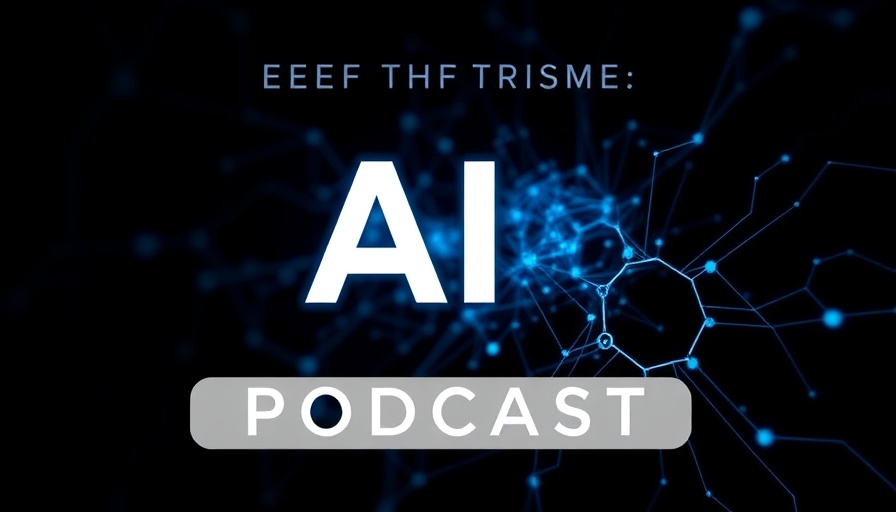
Understanding the Surge Behind AI Innovations
In a recent episode of The AI Show, hosts Paul and Mike delved into significant developments in the world of artificial intelligence. One of the standout highlights was OpenAI's remarkable $40 billion fundraising round, which positions the company firmly on the path towards creating Artificial General Intelligence (AGI). This surge in financial backing signals heightened investor confidence in AI's potential to reshape industries and daily life.
The Race to AGI: Key Timelines and Predictions
The discussion also incorporated forecasts about AGI, suggesting that experts are now anticipating substantial milestones by 2027. The promising indicators point towards an intelligence explosion, with companies like Google prioritizing AGI readiness to harness its full potential. The insights provide a comprehensive look at how tech giants are intensifying their focus on AGI’s ramifications.
Amazon's Foray into AI Solutions
Also noteworthy is Amazon's introduction of the Nova Act, a cutting-edge AI agent designed to enhance user experience by managing web browsing. This strategic move illustrates Amazon's commitment to innovation within the AI landscape. Their efforts to help customers shop across various platforms exemplify how AI can significantly streamline e-commerce, improving consumer convenience.
The Impact and Debate Surrounding AI's Progress
As AI continues to progress, debates such as whether large language models can truly pass the Turing Test are becoming increasingly relevant. The implications of these advancements extend far beyond simple functionality; they influence ethical considerations and the future of human-AI interactions. With the advent of educational tools like Claude for Education, the conversation around AI's integration into learning systems deepens, paving new roads for knowledge dissemination.
Final Thoughts and Next Steps
The insights shared in The AI Show not only shed light on the current state of AI but also present an exhilarating glimpse into its future. For those interested in staying ahead in an ever-evolving landscape, engaging with AI tools and education resources will be crucial. Keeping informed about these developments not only enhances understanding but also prepares individuals and businesses for the transformations that lie ahead.
 Add Row
Add Row  Add Element
Add Element 



Write A Comment